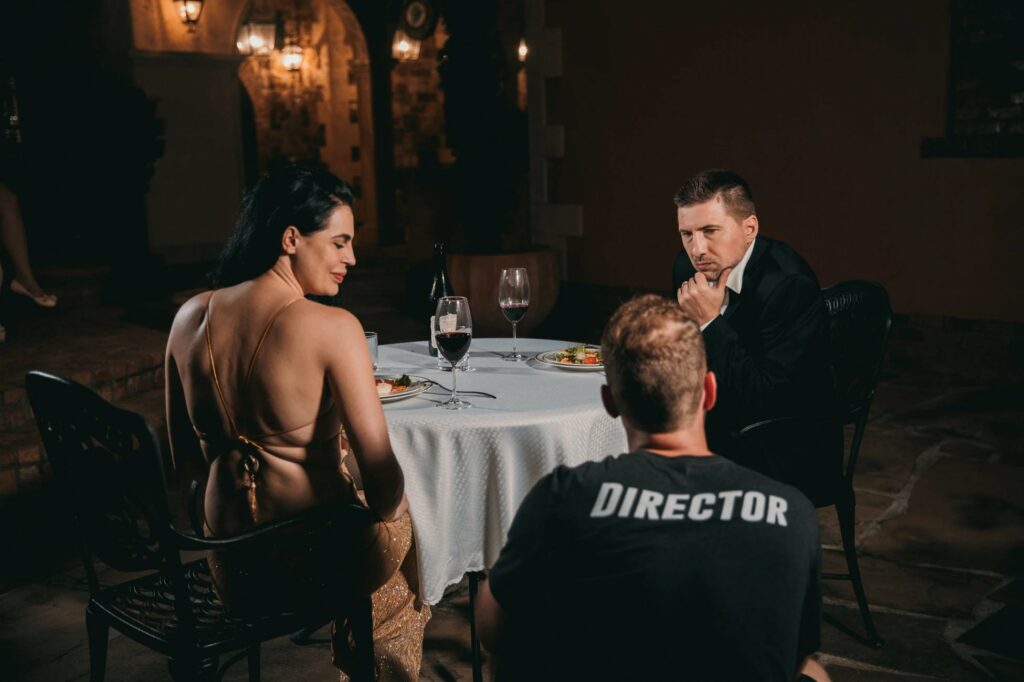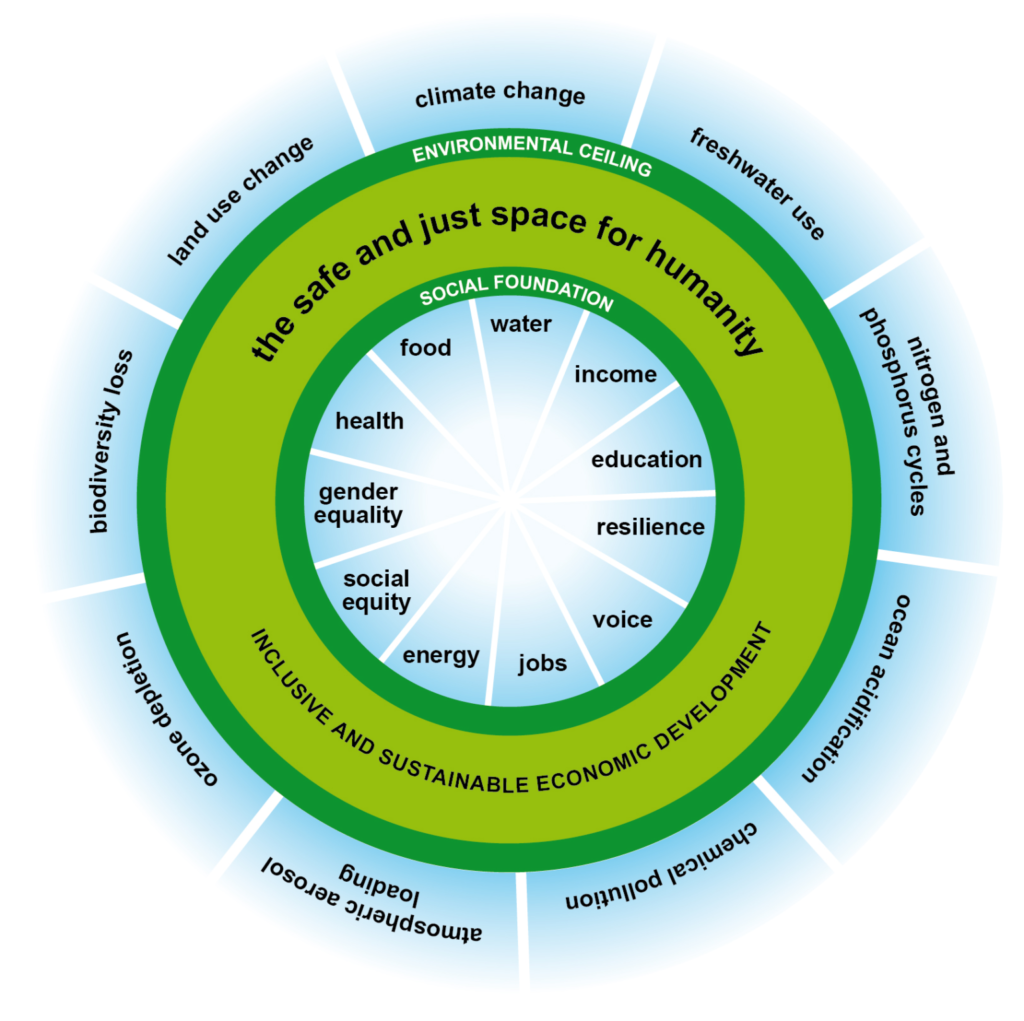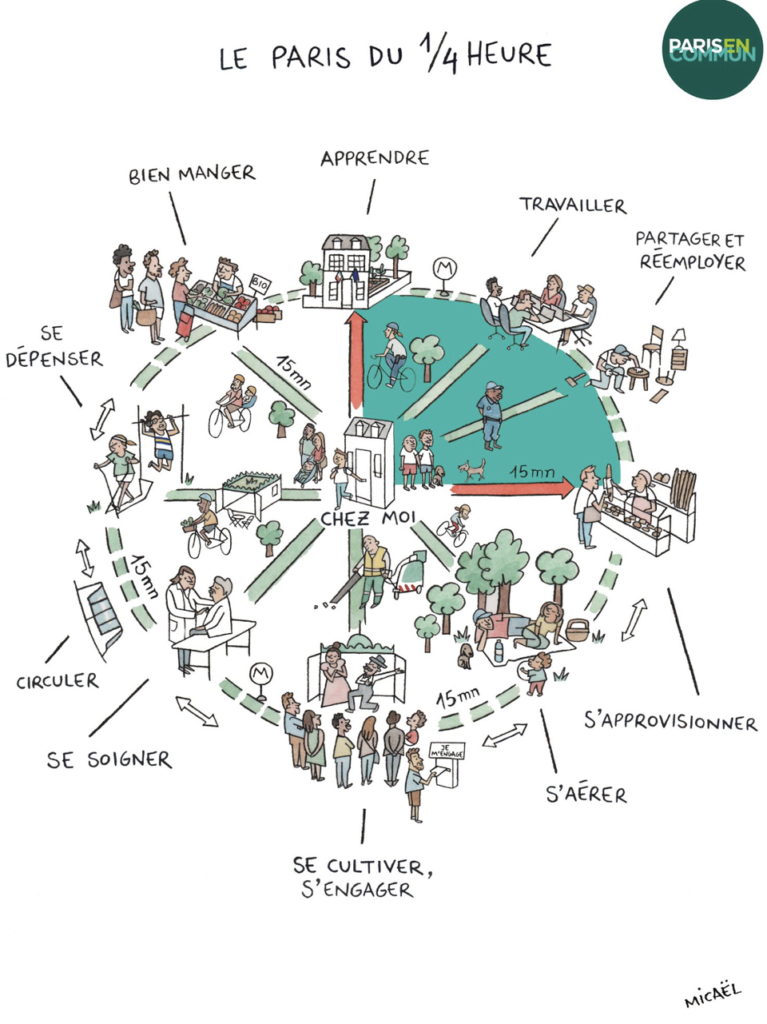
Dartmouth College deserves praise for its role in starting advanced technological companies in rural environments. One of the first of these was New England Digital Corporation (NED). The company began life in Hanover, New Hampshire (NH), population 9 119, in the 1980 census, then moved to Norwich, Vermont (VT), with a population then of 2 398, located 2.4 km north-east of Hanover, and later to White River Junction, VT, with a current population of 2 286, located 9 km south of Hanover.
A location with a small population can become world famous for its products, but those products have to be carefully selected. In addition, product design will probably need some input from external experts, rather than relying on the efforts of a single entrepreneur, working alone, in a remote area.
On almost every corporate website, and many others, there is a section titled, Our Story or About. The wording is interesting, because it is usually not called Our History, for that would imply some truthiness. With Our Story or About there is more wiggle room for wishful thinking, and self-aggrandizement, and less need for objective facts. On the Synclavier website, the role of external experts needed to make the Synclavier successful has been reduced/ wiggled away. Here, the focus will be on some of the experts that made Synclavier the success it was.
As a university, Dartmouth College, in Hanover, NH is notable for several reasons. It is a rural university, without urban distractions. In the 2021 US News university ranking, Dartmouth College is #13 nationally, and #226 in the world. In 2016, Thayer became the first US national research university with a graduating class of engineers that was over 50% female. In the 1960s, Dartmouth was world famous for its invention of the Basic programming language, released 1964-05-01. In 1978, it became world famous for its founding of the Thayer School of Engineering’s entrepreneurship program, at the Cook Engineering Design Center. At Cook, they solicit industry-sponsored projects for degree candidates to work on. Prior to this, in 1975, one of the first such project resulted in the Synclavier.
Without the support of Dartmouth’s faculty members, it is unlikely that the Synclavier would have existed. The Synclavier has its origins with Jon Appleton (1939 – 2022), a professor of digital electronics, and Frederick Johnson Hooven (1905 – 1985), a part-time professor of engineering. They worked with Dartmouth Thayer School of Engineering research professor Sydney Alonso (1936 – ) and Cameron Warner Jones (ca. 1955 – ), at the time an undergraduate student. These last two apparently met in the university computing centre. They discovered a common interest, that resulted in the Synclavier.
From 1957 to 1961 Appleton was a student at Reed College in Portland, Oregon. During the 1962–1963 school year, he was a music teacher in Sedona, Arizona. From 1963–1966 he was a graduate student at the University of Oregon in Eugene, Oregon. During 1966–1968 he was hired by Oakland University in Rochester, Michigan, to establish an electronic music studio. When the university officials reneged on their promise to develop this studio, Appleton resigned and accepted a position at Thayer school of engineering, at Dartmouth College. He took a leave of absence from Thayer in the mid-1970s to become the head of Elektronmusikstudion (EMS) = Centre for Swedish electroacoustic music and sound-art, established in 1964. It is run as an independent part of Musikverket = Swedish Performing Arts Agency. It is located in Stockholm, Sweden.
Hooven held thirty-eight U.S. patents and devised numerous other inventions that were not patented. His engineering career started before he graduated from the Massachusetts Institute of Technology (MIT) in 1927. In 1925, at DayFan Radio, he designed improved radio receivers. After graduation he worked for General Motors (GM) where he designed a brake shoe system used on all GM vehicles for twenty-five years.
From 1930 to 1931, Hooven designed automobile suspension systems at Dayton Rubber Company. During 1931 and 1932, he designed a blind aircraft landing system for the American Loth Company. In 1932 he independently produced the first successful high-fidelity crystal phonograph pickup. He worked as vice-president and chief engineer for Bendix’s Radio Products Division from 1935 to 1937, where he developed the first automatic steering system for unmanned flight. From 1937 to 1957, he was self-employed working on product research and development.
In 1957 Fred Hooven went to work for the Ford Motor Company where he supervised the design and development of assorted automobiles. When he left Ford in 1967 he once again become a consultant, but also an adjunct professor of engineering at Thayer, becoming a part-time professor in 1975. He remained in that capacity until his death in 1985.
Civilian inventions include the first radio compass (1936); an automobile ignition system (1948); the first heart-lung machine (1952); the Harris intertype digital electronic phototypesetter (1955); and a front-end drive system for automobiles (1962).
The Synclavier I was released at the end of 1977. It used FM synthesis, re-licensed from Yamaha, and was sold mostly to universities. The initial models used a computer with synthesis modules, later enhancements added a (musical) keyboard and a control panel.
The Synclavier II was released in 1980. Once again, external help was needed. Synthesist and music producer Denny Jaeger suggested that FM synthesis be extended to allow four simultaneous channels to be triggered with one key depression to allow a fuller synthesized sound. This became a key selling point of the model.
Alonso and Jones made significant contributions to the design. Alonso was awarded US Patent 4108035 for a musical note oscillator, in 1978; US Patent 4178822 for musical synthesis envelope control techniques, in 1979; US Patent 4279185 for Electronic music sampling techniques, in 1981; US Patent 4680479 for a method of and apparatus for providing pulse trains whose frequency is variable in small increments and whose period, at each frequency, is substantially constant from pulse to pulse, in 1987; and, US Patent 4726067 for a method of and apparatus for extending the useful dynamic range of digital-audio systems, in 1988. Jointly, they were awarded US Patent 4345500 for their high resolution musical note oscillator, in 1982; and, US Patent 4554855 for their partial timbre sound synthesis method, in 1985.
The original keyboard, referred to as the ORK, was nothing more than an on-off switch. A weighted velocity and pressure-sensitive keyboard, the VPK was licensed from Sequential Circuits. It was identical to that used on their Prophet-T8 synthesizer.
The main contribution made by Synclavier was the development of hardware cards that could be fitted into computers. This included cards for a real-time CPU, input and output, analog-to-digital and digital-to-analog conversion (ADC/ DAC), as well as memory. All of these needed to be programmed to function.
As newer models emerged, Synclavier became less dependent on external consultants, Synclavier music workstations/ digital synthesizers/ polyphonic digital samplers were made from the late 1977 to 1993. Wikipedia provides an overview of these. In 1993 Synclavier went bankrupt, its intellectual property was taken over by a bank, then sold to a Canadian company, Airworks, which itself then foreclosed. This gave Jones the opportunity he needed to buy back critical assets and to restart Synclavier.
Jones pursued other interests than building synthesizers. His bachelor thesis is about an XPL Language Compiler, a simple, small, efficient dialect of the computing language PL/1. PL/1 had been developed by IBM in 1964 to replace Algol, Cobol and Fortran. A variant, Scientific XPL, was used on New England Digital’s ABLE series computers, for laboratory automation and computer networking, as well as controlling music synthesis hardware.
Between 1982 and 1984, Jones studied the double bass with Stuart Sankey at Indiana University, Jacobs School of Music, and was active with the Evansville Philharmonic Orchestra.
His DSP (Digital Signal Processing) engine allowed C Code to run on Windows and MacOS. Moreover, side-by-side testing was carried out with original equipment to ensure the systems sounded identical. Arturia’s Synclavier V was released in its own right to widespread critical acclaim in May 2016. He also brought Synclavier V software synth to Arturia to be included in their V Collection plug-in suite.
In 2019, Jones released Synclavier Go!, an iOS version of the synthesizer, repurposing much of the original DSP engine so that it runs on an iPad, iPhone or iPod Touch. It provided over 1 000 preset timbres, 19 preset libraries and over 100 lossless-quality samples/ sound files. It supports portamento, arpeggiate, mono/poly triggering, and other keyboard modes.
Sources: Jon Appleton; Fred Hooven; Synclavier; Play Synthesizer.
Related
1: Of the readers receiving notifications of weblog posts, only one lives in New Hampshire, at Keene, located about 100 km south of the other NH and VT locations mentioned here. Before I was adopted as an infant, my original first name was Richard. I have good reason to believe that I was named after him. Hello, Dick!
2: My niece, Cally, is currently a student at Oakland University, the Michigan university that had originally hired Jon Appleton to start an electronic music studio. Hello, Cally!
3: On 2022-04-01, I acquired a new toy/ learning machine, a Behringer MS-1 monophonic analogue synth. At a price of NOK 3600/ US$ 400, it is only 0.2% of the cost of the cheapest original Synclaver!





